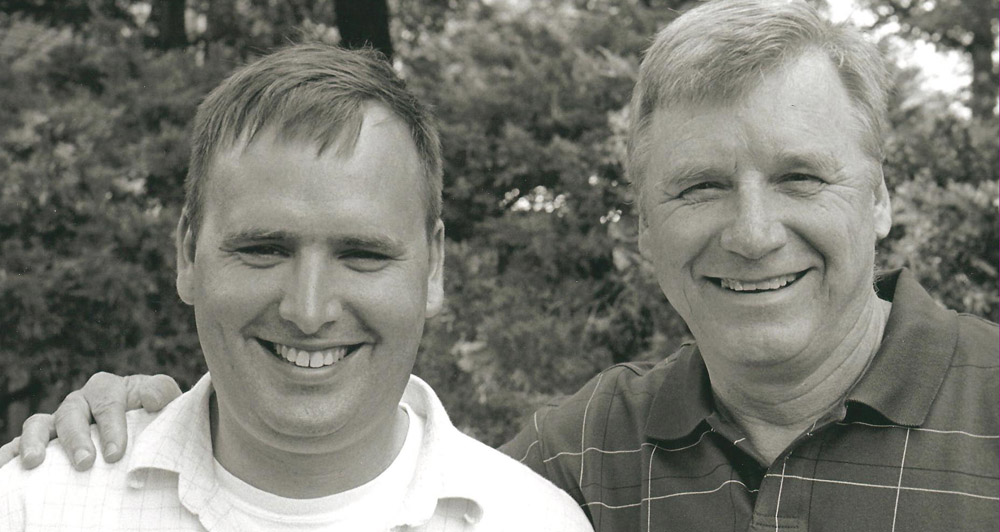
(5-9-24) “I hope my book can bring awareness to those struggling with a mental illness or those who know someone who is, to not feel alone in this lifelong battle. I do not want this to happen to anyone else,” explained Colleen Phipps when she sent me a copy of her book, Walk Barefoot In The Mud For Me.
I always am grateful when someone with a mental illness or a parent or a loved one shares their personal story about their struggles obtaining help from our inadequate, often confusing and frustrating mental health care system.
A tireless advocate, who is NAMI’s Butte County President in Chico, California, Phipps describes in her book what happened to her adult son, Donovan, who has a serious mental illness. His is a tragic story. While psychotic, he drove through a red light, killing a person. Donovan was convicted of second-degree murder and sentenced to 32 years to life in prison. Of course, his parents had tried to get him help but couldn’t.
I’ve not yet had a chance to read her book, which began as notes that she took tracking Donovan’s illness. These notes inadvertently created a diary which Phipps’ daughter, Lori, persuaded her to get self-published through Amazon.
Bravo Colleen – for continuing to love, support, and fight for your son and through him, all of us.














